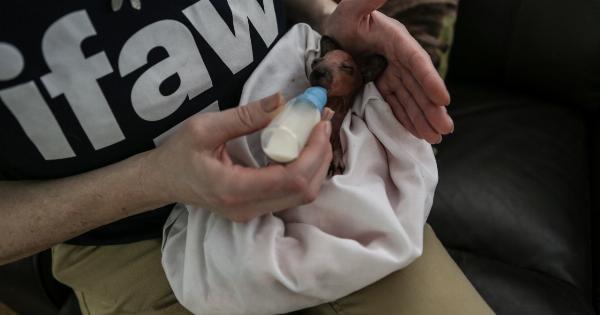The flu, short for influenza, is a contagious respiratory illness caused by influenza viruses. It affects the nose, throat, and sometimes the lungs.
It can cause mild to severe illness and even lead to complications, especially among older adults, young children, pregnant women, and people with certain health conditions.
How Does the Flu Spread?
The flu spreads mainly through droplets when someone with the flu coughs, sneezes, or talks. These droplets can land in the mouths or noses of people nearby or be inhaled into the lungs.
It can also spread by touching a surface or object that has the flu virus on it and then touching the mouth, nose, or eyes.
Flu Symptoms
Flu symptoms can vary from mild to severe and usually come on suddenly. Common signs and symptoms include:.
- Fever
- Cough
- Sore throat
- Runny or stuffy nose
- Body aches
- Headache
- Fatigue
- Chills
- Some people may also experience vomiting and diarrhea, though this is more common in children
Flu in Older Adults
As people age, their immune system weakens, making them more susceptible to infections like the flu. Older adults, especially those with underlying health conditions, are at a higher risk of developing complications from the flu.
These complications can include pneumonia, dehydration, worsening of chronic medical conditions, and even death.
Preventing the Flu
Prevention is key when it comes to the flu. Here are some ways to protect yourself and those around you:.
- Get vaccinated: The flu vaccine is recommended for everyone over the age of six months. It can help prevent getting the flu or make it milder if you do get it.
- Practice good hygiene: Wash your hands regularly with soap and water, or use an alcohol-based hand sanitizer. Avoid touching your face, especially your eyes, nose, and mouth.
- Avoid close contact with sick individuals: If someone around you has the flu, try to limit contact as much as possible to reduce the risk of getting infected.
- Cover your nose and mouth: Use a tissue or your elbow to cover your coughs and sneezes, and dispose of used tissues properly.
- Clean and disinfect frequently touched surfaces: Use household disinfectants to clean commonly touched objects and surfaces, such as doorknobs, light switches, and cell phones.
- Practice respiratory etiquette: Encourage others to do the same by promoting proper cough and sneeze etiquette.
Flu Treatment
If you do get the flu, there are several things you can do to help alleviate symptoms and prevent complications:.
- Rest and stay hydrated: Get plenty of rest and drink fluids to prevent dehydration.
- Take over-the-counter medications: Pain relievers, fever reducers, and cough suppressants can help relieve symptoms. Follow the instructions and consult a healthcare professional if needed.
- Antiviral medication: Certain antiviral drugs can be prescribed by a healthcare professional to help shorten the duration and severity of the flu.
- Seek medical attention: If your symptoms worsen or you develop complications, seek medical advice promptly.
The Importance of Flu Vaccination
Vaccination is one of the most effective ways to prevent the flu. It not only protects you but also helps prevent the spread of the virus to others, especially those who are more vulnerable.
The flu vaccine is developed each year to target the most prevalent strains of the virus, and it’s recommended to get vaccinated annually.
Support for Older Adults with the Flu
If you or someone you know is an older adult suffering from the flu, it is important to provide support and care.
Offer to assist with everyday tasks, ensure they are taking the prescribed medications, and encourage them to seek medical attention if necessary. Check on them regularly to monitor their symptoms and well-being.
Conclusion
The flu can significantly impact older adults, leading to complications and a decline in overall health.
By taking preventive measures such as vaccination, practicing good hygiene, and seeking timely medical attention, this vulnerable population can reduce the severity and duration of the flu. It is crucial to provide support and care to help older adults recover and avoid further complications.




























